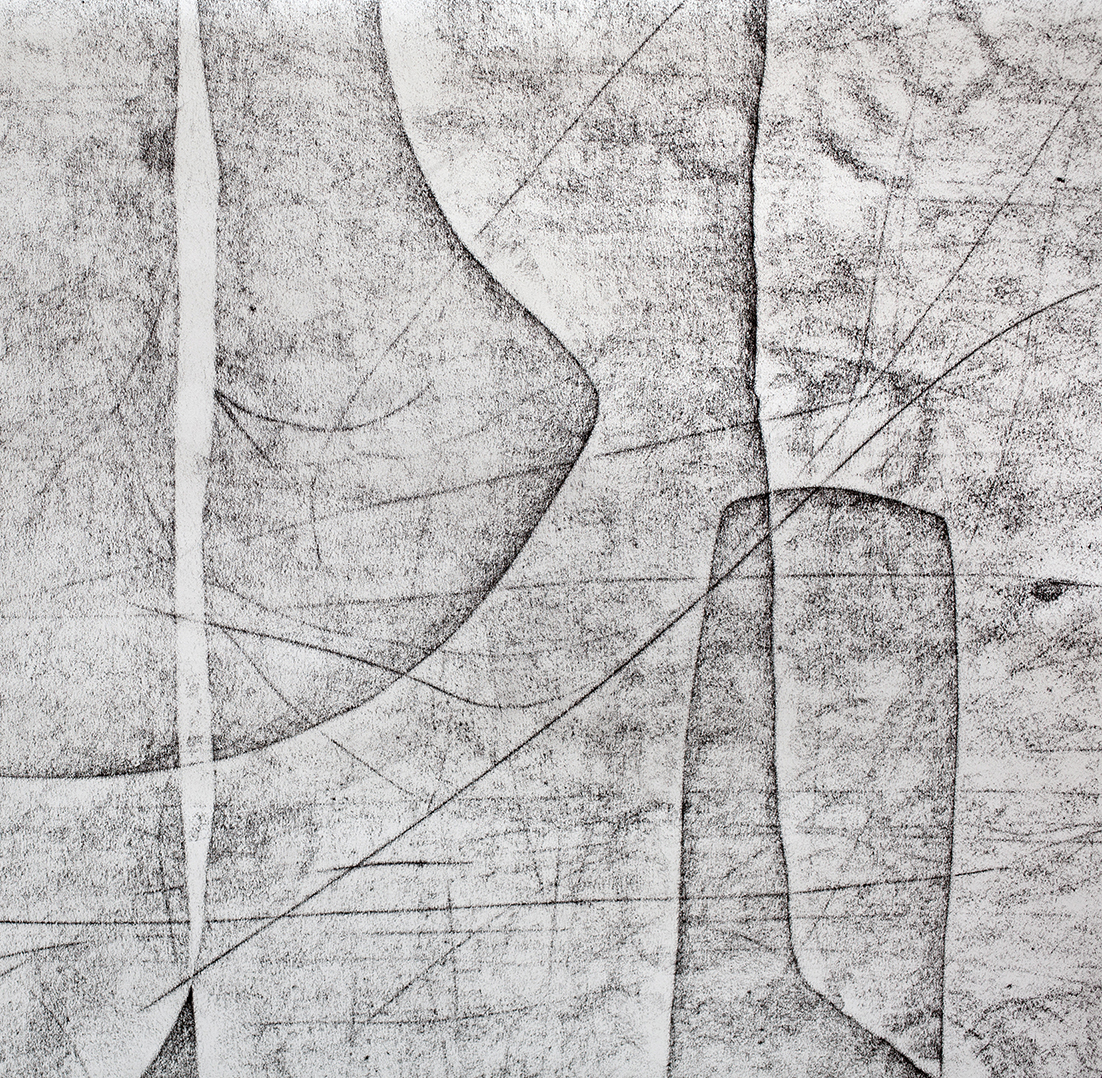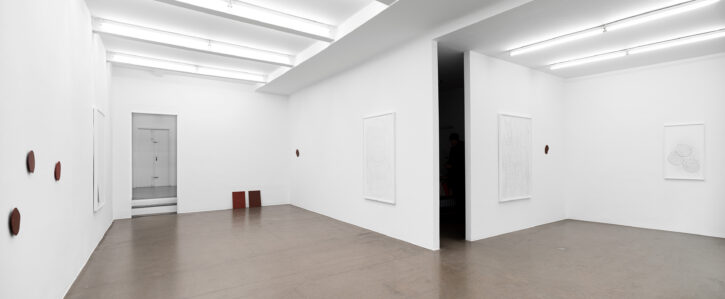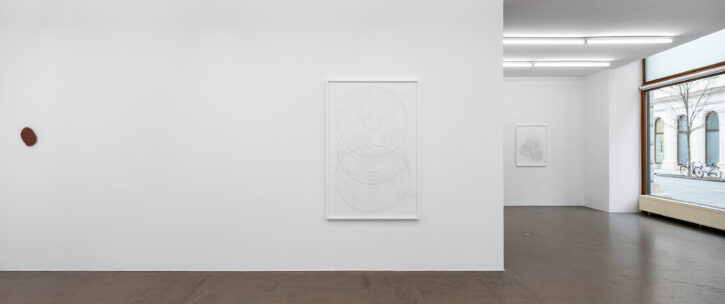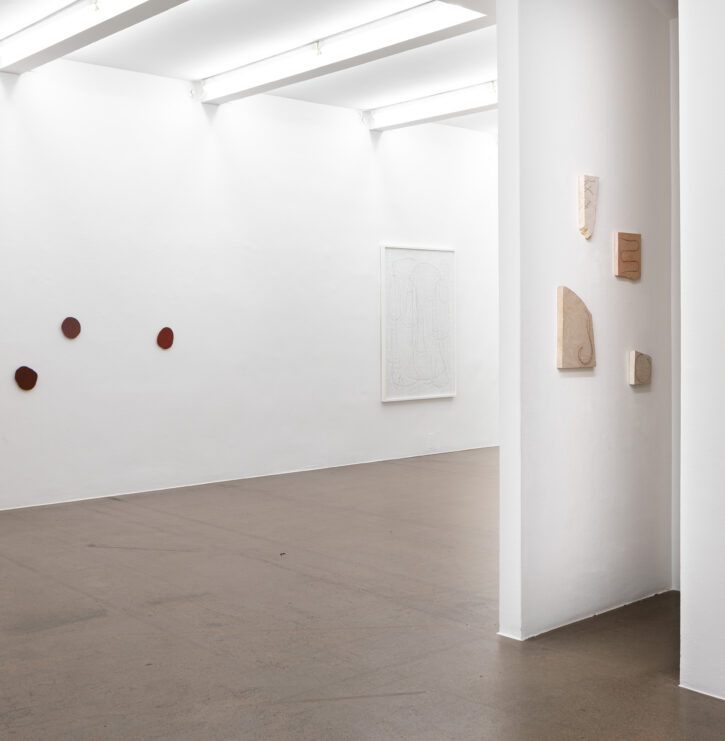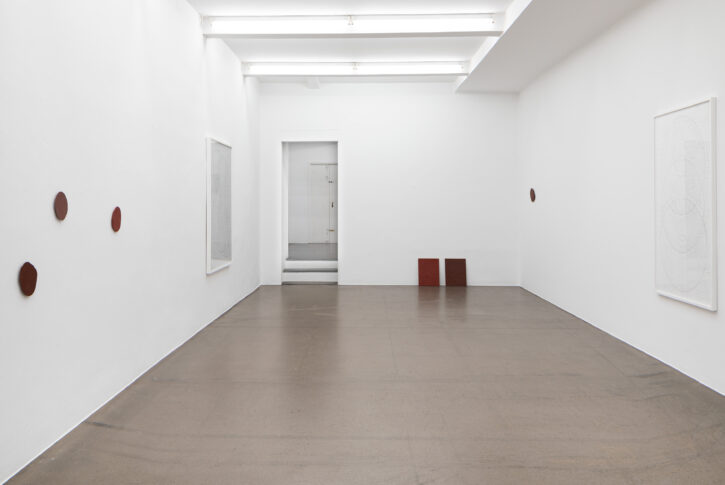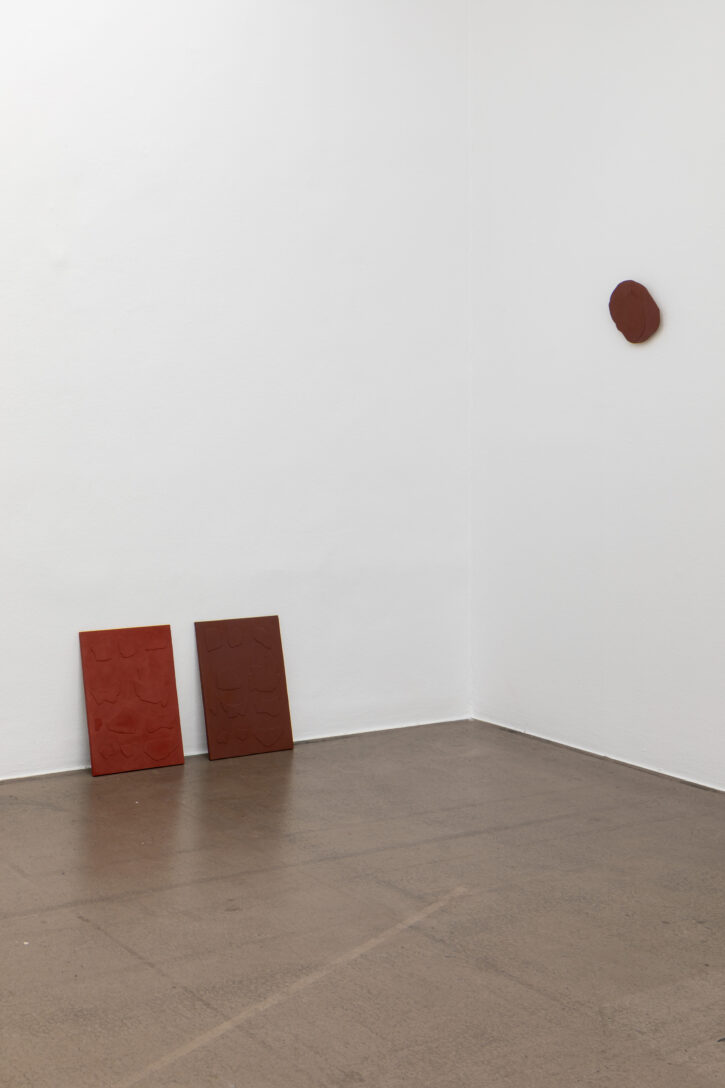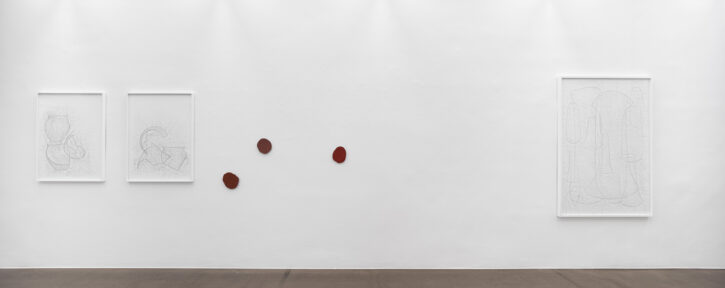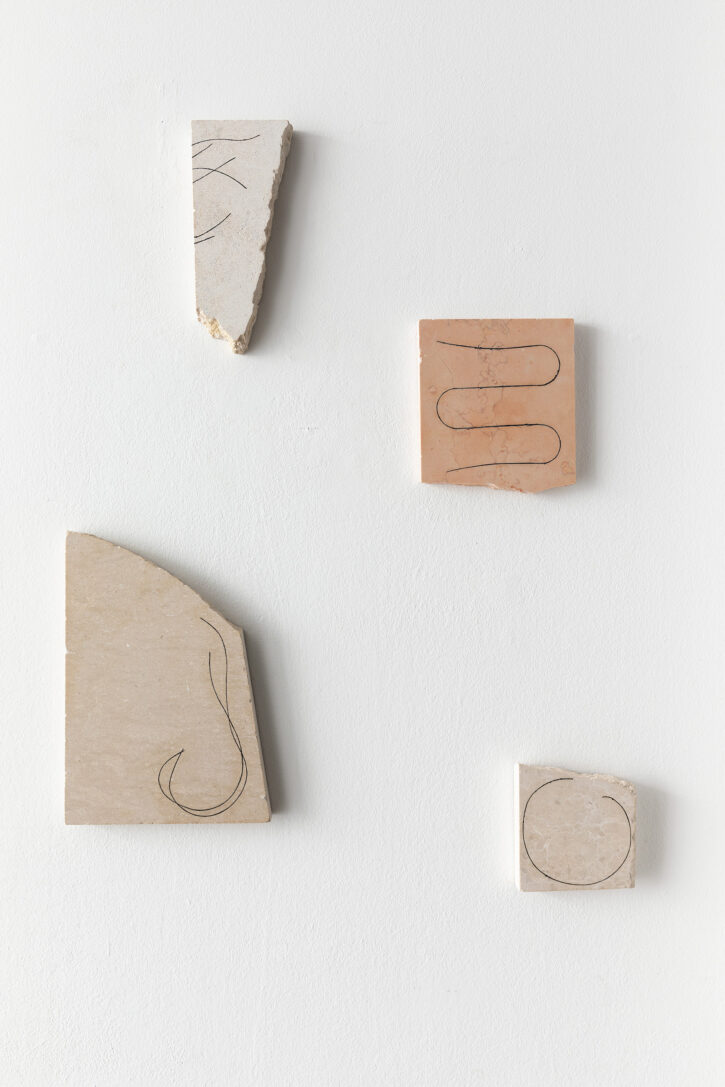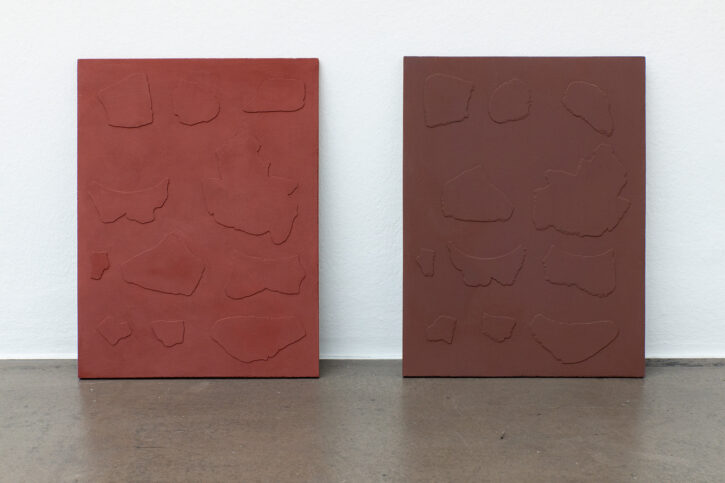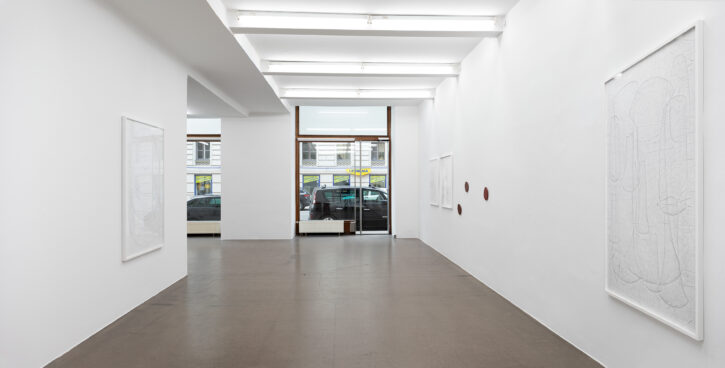Sofie Thorsen
About the exhibition
Shards
Data frenzy and global communication in real-time have given rise to a new form of media-related one’s own time. The possibility to be connected to everybody nonstop via digital networks has destroyed all hope that we could be the masters of time. The past dwindles and the future eludes any kind of control. The feeling of timelessness coupled with the feeling of our own vulnerability in a world that has come out of joint, is not only a phenomenon of today’s life that is dominated by the pandemic, social dislocations and climate change. The Viennese sociologist Helga Nowotny scrutinised the question of how changes in society affect the sense of time as early as 1989 in her book Eigenzeit (1) Time: The Modern and Postmodern Experience. The feeling of losing time also highlights the question of one’s own existence and the fear of vanishing without a trace. In short, the question of what remains of us and why.
The Danish artist Sofie Thorsen, who has been living in Vienna since the late 1990ies, has for many years addressed the role of archives, depots, historical images and archaeological collections as storages for our cultural and socio-political memory in her stripped-down drawings, collages and sculptures. And here, the artist is mainly intrigued by the gaps, the missing parts or things that have disappeared from contemporary collective memory or the visible sphere. Because the question of what and how it is collected, archived, studied or destroyed is always a mirror of a certain economic, political and social situation.
Sofie Thorsen’s large-format frottages in black and white and wall objects that are featured in the present exhibition at the Krobath Gallery, are based on objects from the archaeological collection of the Odense City Museum in Denmark. She scoured the digital database for prehistoric vessel shards, stone tools, bronze objects and jewellery, that had been meticulously measured, numbered and photographed before they vanished in a depot again. Thorsen saves the objects from falling into oblivion, so to speak, by blowing up their pictures, printing and multiplying them, cutting out the images along their outlines and putting them together again in collages. This creates a relief-like surface structure that allows the artist to transfer break lines and edges of the objects onto paper. By putting together the collaged parts in new arrangements, and by shifting or mirroring them, she creates abstract-figurative structures with the different parts interpenetrating. And despite being stripped down to the outlines of the objects, they gain spatial quality. Compact, overlapping forms are juxtaposed with expanding blank spaces. The relationship between the individual forms is thus more important than the recognition of each single form. In addition to her interest in the material and aesthetic form of the artefacts she chooses from the archives, the focus of her work is also always on the conscious methodological understanding of why a certain artistic method has been used. Criteria like when, why and which artistic methods have been used to convey the content, always call for shifts in the form or content. In that way, individual or collective memory can be compared with a collage. Items from the past are fragmented, juxtaposed and rearranged and put into a new context with reference to current social and cultural circumstances. Significances are emptied, overlapped and recomposed in a fragmentary manner. By setting the constructive process of collage against the automatised process of frottage, Thorsen creates a distance to the object and at the same time a ghostly closeness through the appearance of silhouettes from the past in the present day. Max Ernst, who started using and appreciating the potential of frottage in the 1920ies, referred to this technique as “a technical means to increase the hallucinatory capacities of the mind so that ‘visions’ automatically appear – a means to rid oneself of one’s own blindness.” (2)
Maybe it is the desire to save the past from falling into oblivion, or the desire to give the hazy silhouettes facticity or to make the ephemeral permanent, that urges Sofie Thorsen to create small cast reliefs thus giving material presence to the “automatic visions” that appear in the artistic process of frottage. In this exhibition, Thorsen presents a dialectical game of distance and closeness, attendance and absence in the immediate presence of the exhibition space, the portrayal of a society that is picking up the pieces of its broken present times and putting it together again for the future.
(1) NOWOTNY, Helga. Eigenzeit. Entstehung und Strukturierung eines Zeitgefühls, Suhrkamp, 1989.
(English title: Time: The Modern and Postmodern Experience)
(2) Schamony, Ernst: Max Ernst, Münster, 2009, S. 32.
Text by: Fiona Liewehr
English translation by: Mandana Taban
Further informations:
